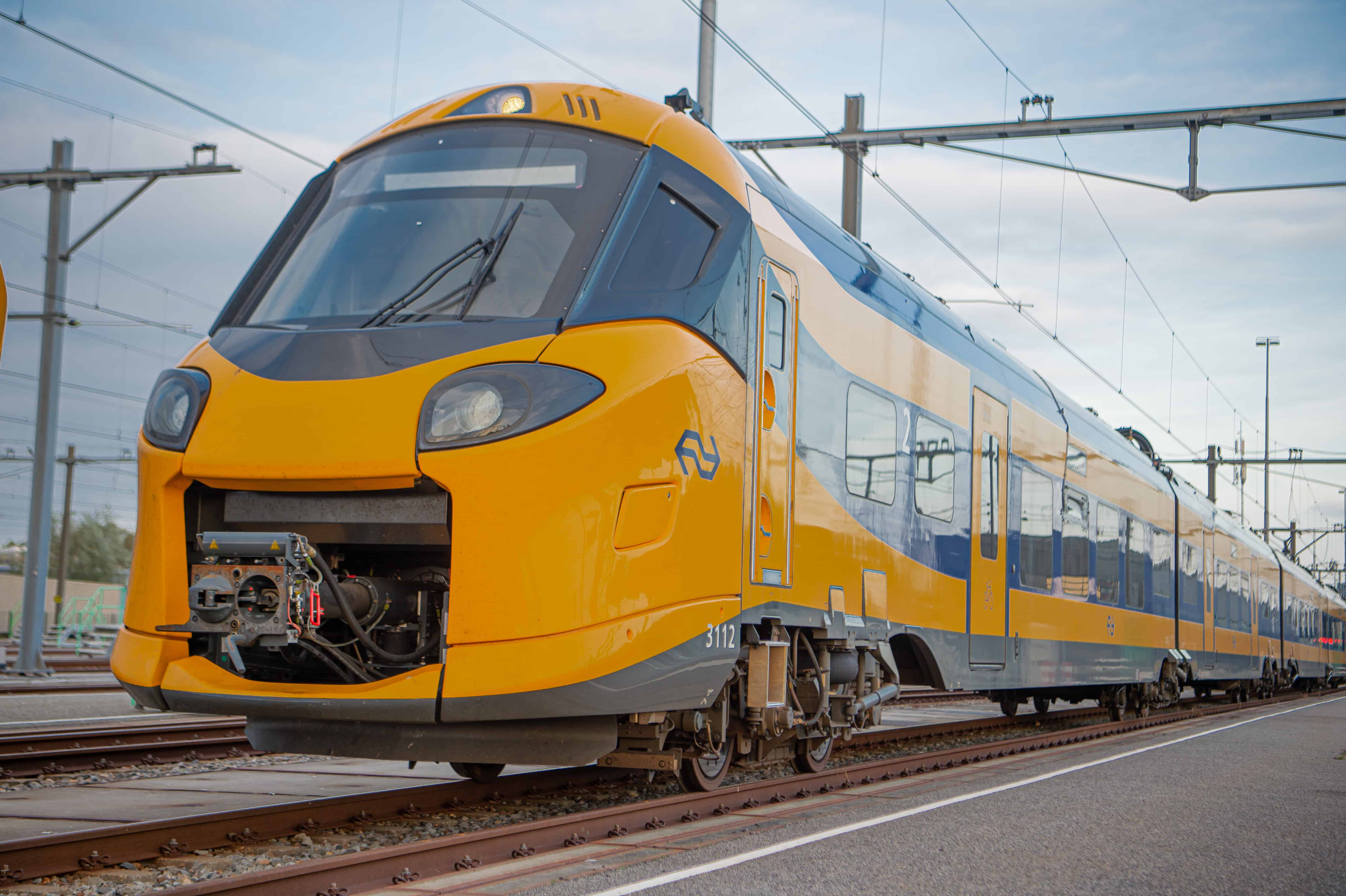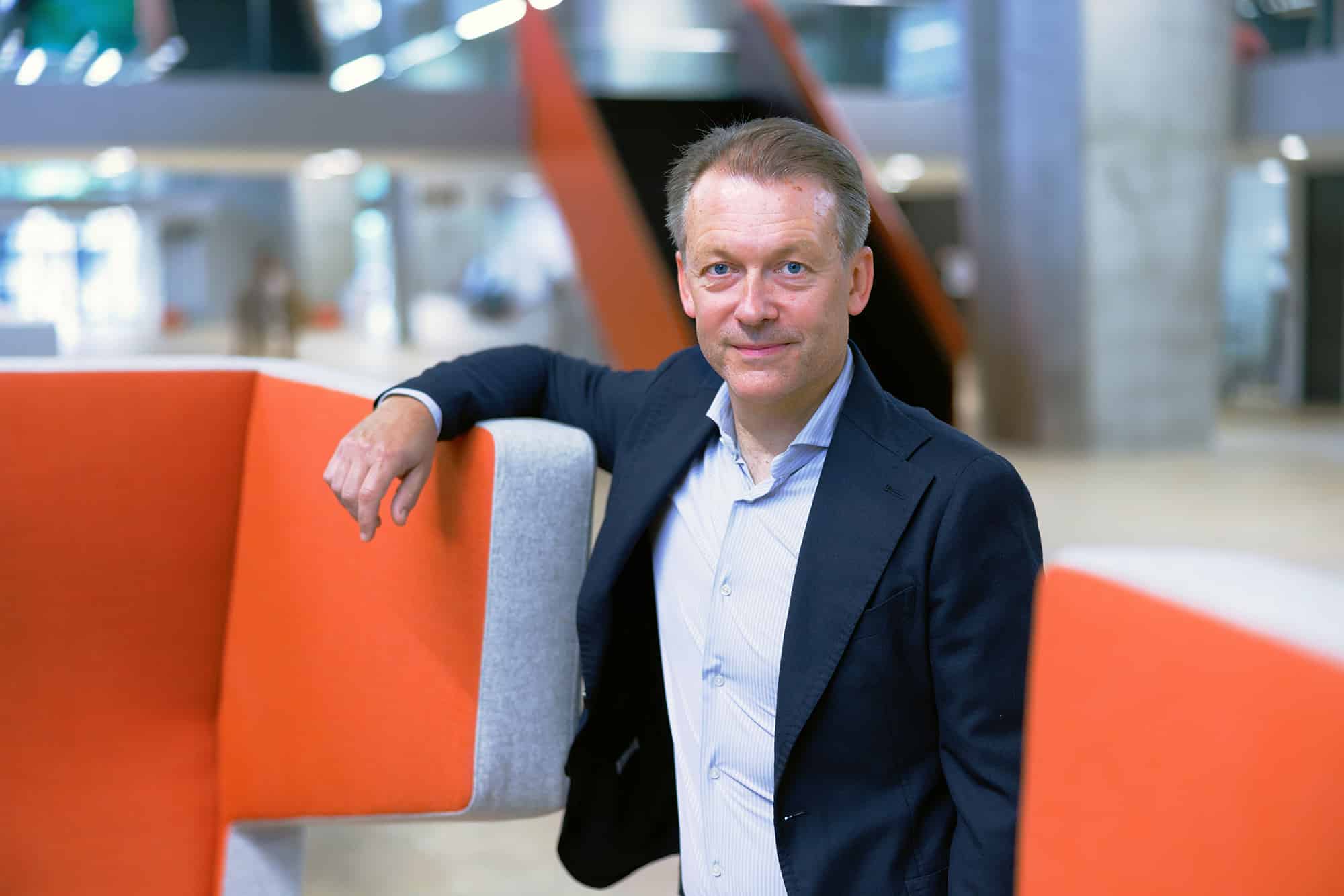
Trains that arrive late, jam-packed compartments: as Dutch people, we love to complain about our train system. Is that justified? In this article, we offer a realistic perspective on the Dutch train system based on three propositions.
Why you need to know this:
Travelling by train is a sustainable transport option. Of great importance, therefore, that the train system is in good shape.
1: It’s only going to get worse with these overcrowded trains
Incorrect. Overcrowded trains are indeed a real problem facing the Dutch railways in recent years. Due to staff shortages, NS could not provide the desired services for a long time. Road works also caused inconvenience.
Where the old timetable led to complaints, however, the outlook for many public transport passengers seems to be a bit more positive this year. NS is running more trains again. Travellers in the Randstad region in particular will benefit.
NS has the ability to deploy extra trains because it hired nearly 1,500 conductors and train drivers last year. Still, the carrier warns that the labour market tightness persists, which means that on some rail routes only one train per hour will still run during off-peak hours.
2: Trains are increasingly entering stations late
Right. In 2022, 91.6 percent of travellers arrived at their destinations on time. This is lower than the previous year (2021: 94.4 percent). However, this is a performance that is still exceptionally good from an international perspective. Looking at regional train traffic in Germany, for example, punctuality fell to 85.5 percent in November last year. In the same month, only every second long-distance Deutsche Bahn train was on time.

3: The Dutch train system is outdated
Incorrect. Significant investments are being made in the infrastructure of the Dutch train system, for example. Projects are under development to expand stations, build new tracks and introduce high-speed trains. These investments are essential to meet the growing demand for train traffic and increase the capacity of the network.
In addition, there is plenty of innovation going on around the railways. Take for instance the Rail Fieldlab 5G project, a collaboration between ProRail, NS and the Ministry of Infrastructure and Water Management. This lab is a testbed for new rail-related technologies and uses 5G for improved communication and monitoring of trains and infrastructure. The concept of slicing, where specific capacity is allocated to different user groups, is one of the possibilities offered by 5G. This will improve communication between trains and control centres, which will also enable real-time monitoring of trains and rail infrastructure.
NS is also investing in 3D printing of train parts. For years, some 20 parts – ranging from a plug for the public address system to a component for the driver’s control desk – have been printed.
ProRail is also innovating with advanced technologies, such as Geonext’s digital triplets. In doing so, the railway manager aims to speed up the implementation of the European Rail Traffic Management System (ERTMS). This is the European standard for train safety and control. The digital triplets, a further development of the well-known digital twins, provide a highly accurate digital model of reality. Using machine learning, data can be collected from the air. This enables ProRail to map sections of track down to the smallest detail.
The future
In short: While there are challenges, the Dutch train system is also showing a strong capacity for innovation. In addition, more positive things are about to happen. NS, for instance, concluded an agreement with the Ministry of Infrastructure and Water Management on the interpretation of the national railway to ensure train travel in the context of sustainable travel until 2033. This includes, for instance, more and faster connections to region and city and lower fares for quiet trains.
With this agreement, as well as investments in staff and infrastructure, the Netherlands is preparing the railways for the future.








